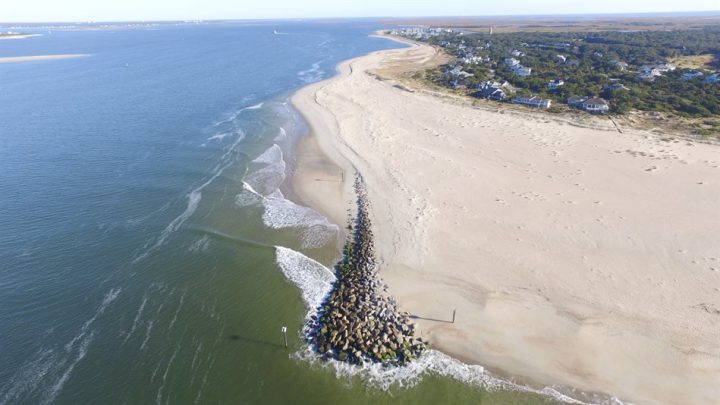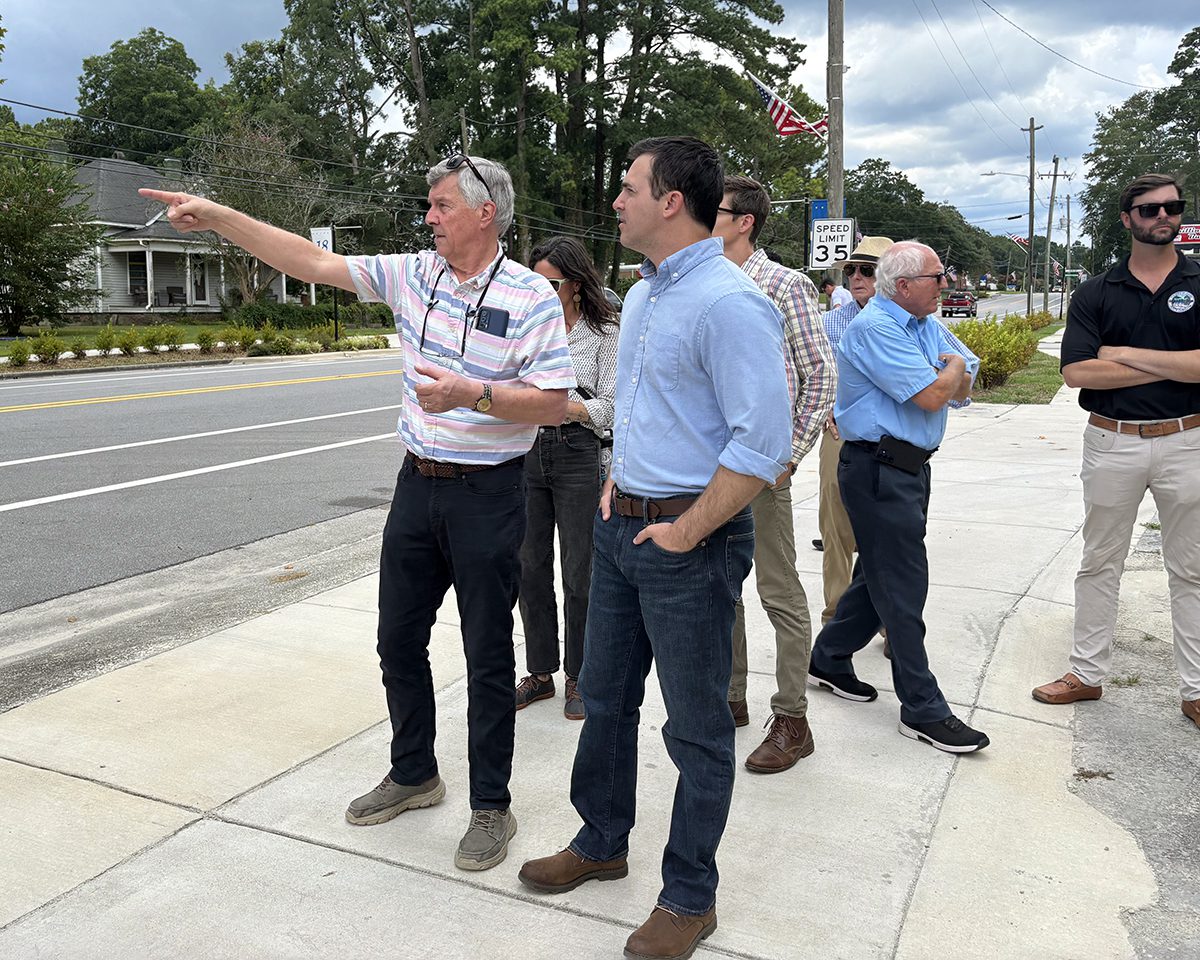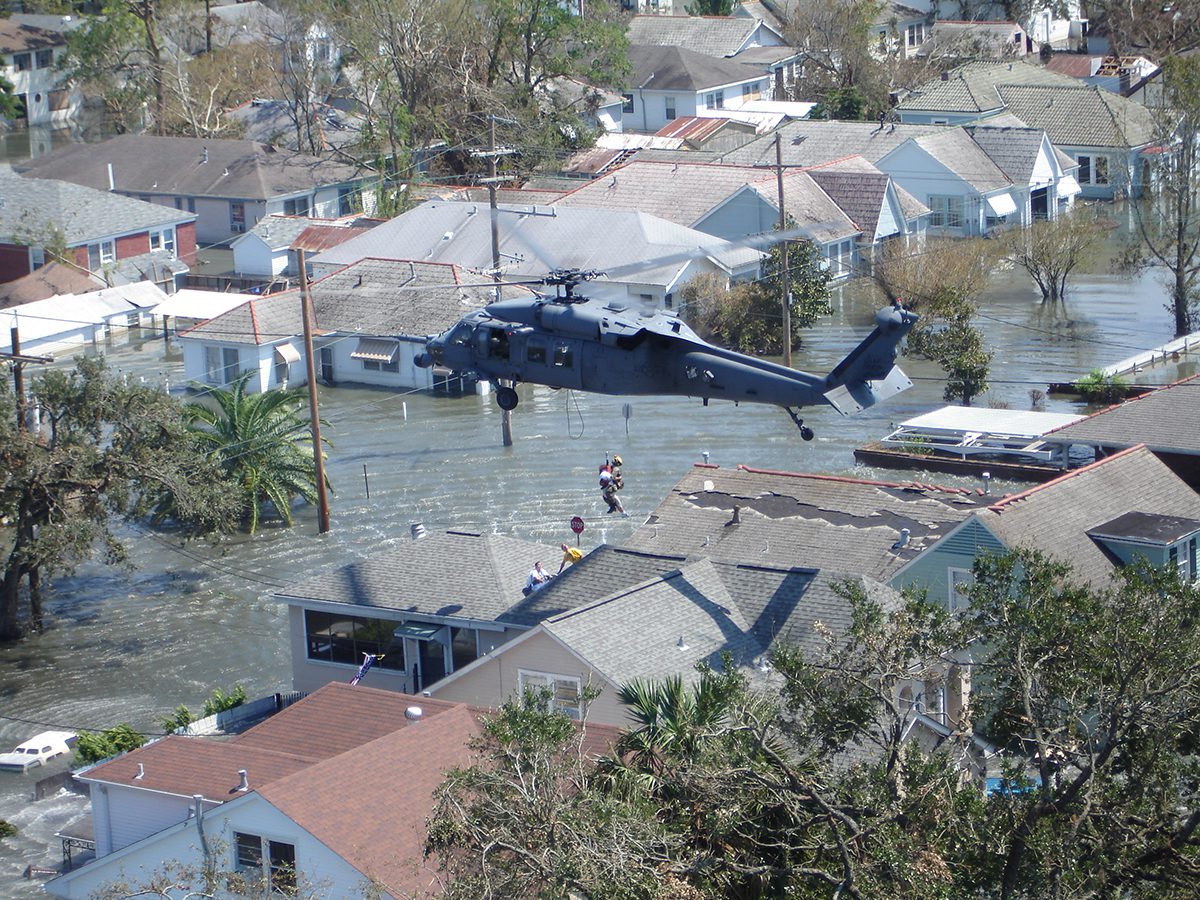
Second in a series
WILMINGTON – Dredging, sandbags and sand-filled tubes, beach renourishment projects and a terminal groin – all have added up to millions spent to combat erosion on the Village of Bald Head Island’s beaches.
Supporter Spotlight
Within the past 15 years, more than $47 million has been spent on a multitude of erosion mitigation projects on Bald Head’s shores where, island officials maintain, sand loss has been exacerbated since 2000 when the Cape Fear River’s navigation channel was deepened, widened and realigned closer to the island’s west and south beaches.
The village took the fight to protect its beaches to court in a December 2010 lawsuit against the Army Corps of Engineers. The lawsuit alleged the Corps was in breach of contract of its dredge-and-sand-disposal schedule to return dredged, beach-quality sand every two years during a six-year cycle onto the island’s shoreline.
A district court judge dismissed the lawsuit. In 2013, the U.S. Court of Appeals for the 4th Circuit upheld the district court judge’s ruling.
The North Carolina State Ports Authority is initiating another harbor project, one that proposes to further deepen and widen the river channel to accommodate larger ships sailing from Asia to the East Coast.
“We do know that the channel, to date, has done a lot of damage to the beaches and we’ve had to spend $47 million protecting those beaches,” said Bill Cary, an attorney representing the island. “The current draft report does not commit to placing sand on the beaches. It does not evaluate any erosion impacts. And, now they’re making it bigger, deeper, wider?”
Supporter Spotlight
Meaningful public involvement
Cary, who is with the law firm Brooks Pierce, said island officials have not been given the opportunity to adequately voice their concerns through the process under which the ports authority is pursuing federal authorization and congressional approval for the harbor project.
Under amendments signed into a law a year ago for Section 203 of the Water Resources Development Act of 1986, ports can pay for project feasibility studies and environmental reports rather than wait for federal funding to cover the costs of those studies.
Nonfederal sponsored projects have to get federal authorization before moving forward and, in order to receive federal funds, projects must complete the National Environmental Policy Act, or NEPA, process, which is headed by the Army Corps of Engineers.
NEPA includes soliciting public comments.
But Cary argues that the public should have been given the opportunity to provide input throughout the Section 203 study process.
In a letter dated Aug. 29 to North Carolina State Ports Authority Executive Director Paul Cozza, Cary wrote that the ports authority’s report “was prepared essentially behind closed doors, without public input.”
“The lack of public input affects the analyses and conclusions of the entire NCSPA Report,” he wrote. “An after-the-fact NEPA review (as NCPA now proposes) cannot cure the failure to involve the public from the outset.”
“The lack of public input affects the analyses and conclusions of the entire NCSPA Report.”
Bill Cary, attorney
Cary goes on to write that the ports authority should withdraw the report and “fully involve the public in the scoping and analyses required, as contemplated by the Section 203.”
“Given the history of the Channel’s impacts on Bald Head Island, the exclusion of the Village and the public from any meaningful input into the design and plan of NCSPA’s proposed project is all the more troubling,” Cary said.
The ports authority hosted a public information meeting on the proposed project on Aug. 8, 2018.
“There was no speaker,” Cary said. “There was no question and answer period. We had fully expected that public scoping and public involvement means public meetings. There weren’t any other subsequent public meetings.”
Bethany Welch, the ports authority’s senior manager of communications and business outreach, said in an email that the ports made multiple efforts to reach out to elected officials in surrounding communities throughout the Section 203 study process.
Welch said that in February the ports executive team met with Bald Head Island officials to talk about the Section 203 process and “create an open dialogue, and to answer any questions or address any concerns.”
Village Manager Chris McCall said that meeting was the first and only one island officials have had with ports officials.
“They talked about the project, but they were still in the working stages of the feasibility study and at the time they didn’t have much in the way of details,” McCall said. “Up to this point there hasn’t been much in the way of public involvement and that needs to happen as this thing moves forward. For folks to think that the channel has zero effect on Bald Head Island is not accurate to say. We’re not looking to fuel any flames on this. We just want to make sure the process is followed correctly and that we have opportunity to work with them. If it happens we just want to make sure there are things in there like the mitigation funding that will help with costs of things down the road.”
Audubon North Carolina Executive Director and National Audubon Society Vice President Andrew Hutson said in a statement that the project could be an opportunity to create and protect bird habitat.
“As we saw from a similar harbor project in 2000, this effort could have significant impacts on birds,” he said. “But there’s a huge opportunity here to turn lemons into lemonade. Dredged material and other long-term mitigation measures can create and protect bird habitat. We will be following the process closely to make sure we don’t lose this opportunity.”
The ports authority has established the email address WH203study@ncports.com for the public to submit questions, comments or concerns.
The ports will continue to update its website with up-to-date information as it becomes available, Welch said.
“It is our goal to be as transparent as we can throughout the duration of this project,” she said. “We encourage any and all public feedback.”
NEPA process just beginning
During a public scoping meeting hosted Sept. 26 by the Corps of Engineer’s Wilmington district, Cary pressed Corps staff about the Section 203 study process.
Jenny Owens, the district’s environmental resources section chief, told the crowd of roughly 30 people gathered in a room of the Coastline Convention Center in downtown Wilmington that the Corps is at the very beginning of the NEPA process.
She said the Corps is waiting for the ports authority’s response to the Office of the Secretary of the Army for Civil Work’s review of the Section 203 report.
The Corps last month opened a 30-day public comment period on the proposed harbor project.
Those comments will be reviewed as part of the preparation for the draft environmental impact study, or DEIS.
The DEIS will identify resources that exist in the proposed project area, including fisheries and river bottom habitat, threatened and endangered species, and human and cultural resources. The study will examine the potential impacts the proposed project to those resources, water and air quality, and potential hazardous and toxic wastes.
Comments will be accepted at WHNIP203@usace.army.mil through Oct. 12.
The Corps will continue to solicit public input throughout the NEPA process, which could take at least a year or more to complete.
Learn more
Next: Was the draft report credible?







